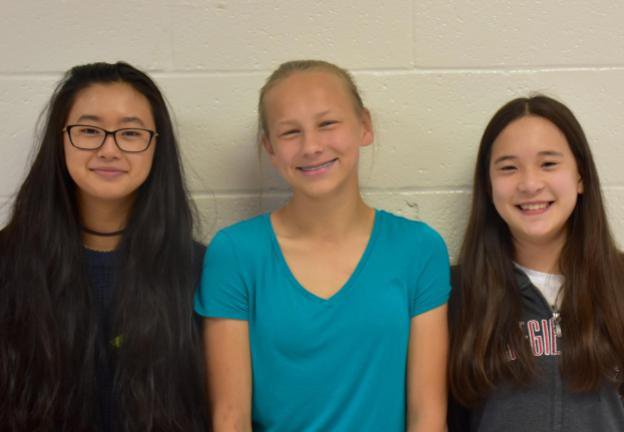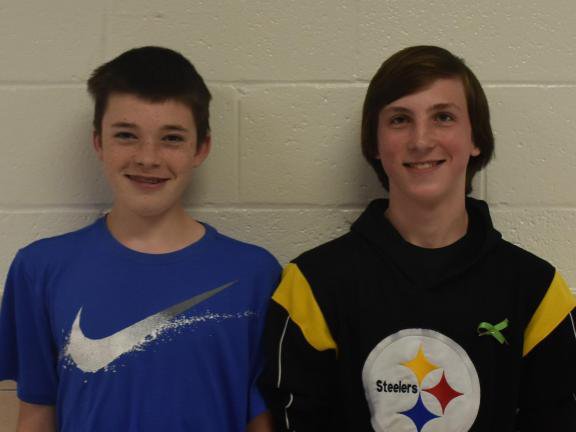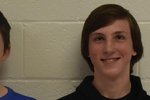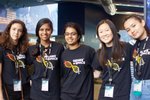GiS Spotlight: Ms. Oelfke
Ms. Alicia Oelfke is a science teacher at Glenwood Middle School in Maryland. She sponsored eight teams' Genes in Space applications during the 2017 US contest including two Junior Scientist Award winning teams. Here Ms. Oelfke shares some insights from her Genes in Space experience.
 One of Ms. Oelfke's Junior Scientist Award winning teams, Elizabeth Knox (13), Kristine Suritis (14), and Margaret Yin (14).
One of Ms. Oelfke's Junior Scientist Award winning teams, Elizabeth Knox (13), Kristine Suritis (14), and Margaret Yin (14).
Tell us a little bit about yourself.
I have worked in education for 24 years. This is my tenth year teaching middle school science, but I’ve also taught high school science, undergraduate science courses, and graduate education courses. I have been a science resource teacher, working with other science teachers all over our district, and I worked in education outreach for NASA for three years.
What was it like to use Genes in Space as a classroom activity?
I thought the Genes in Space competition would be a good “stretch” activity for many of my students, allowing them to work in depth and independently, but it did not match anything in our physical science curriculum for this year, so I offered it as an extracurricular activity. Students met with me during lunch and on their own after school over about three weeks to do their research and prepare their proposals. The competition appealed to many of my gifted students, but I opened it to all eighth graders and had a number of students from my regular classes participate as well, especially a couple of students I had already spoken to about trying a more demanding level of science in high school. I put together a set of resources, such as YouTube tutorials on genetics and epigenetics, ran one 20-minute mini lesson on how DNA works, and made myself available for questions, but I mostly just turned the students loose. They had a steep learning curve — their previous instruction in genetics focused mainly on population genetics and the effects of selection pressures. They navigated through the resources and did additional research on their own, came up with their own questions to direct their proposals, and wrote them up with little direct instruction from me.
Download Ms. Oelfke's Student Resource Guide.
 Jack FitzGibbon (14) and Dominic Patsy (14), the other Junior Scientist Award winning team sponsored by Ms. Oelfke.
Jack FitzGibbon (14) and Dominic Patsy (14), the other Junior Scientist Award winning team sponsored by Ms. Oelfke.
What did your students gain by participating in Genes in Space?
I hope my students gained confidence in themselves as scientists, independent of my instruction or leadership. Even with my gifted students, I think that students can become very dependent on their teachers to direct them, but that leaves them with a very static idea of science. I try to engage my students in learning experiences that require them to do the heavy thinking, the real mental work of science, but this can be challenging while working within the structure of my curriculum and district and state requirements. For my students who are looking to challenge themselves, a more open-ended and less directed experience like this is a chance to swim into deeper water and test their own mettle. Many of the students who took up this challenge were not specifically interested in studying genetics as a career, though many are considering some field of science or engineering as a possible career path. Most are still not planning to become geneticists, but they are more confident that they have what it takes to be scientists and a better understanding of what that means.
Do you have any advice for teachers thinking about using Genes in Space in their classrooms?
Just do it. Let your kids try. Let any of your kids try. If you can fit it into your curriculum, do, but leave them the space to explore, to think, to wonder, and to aim high.
Congratulations to Ms. Oelfke and all of her teams from the Genes in Space parners and sponsors!



